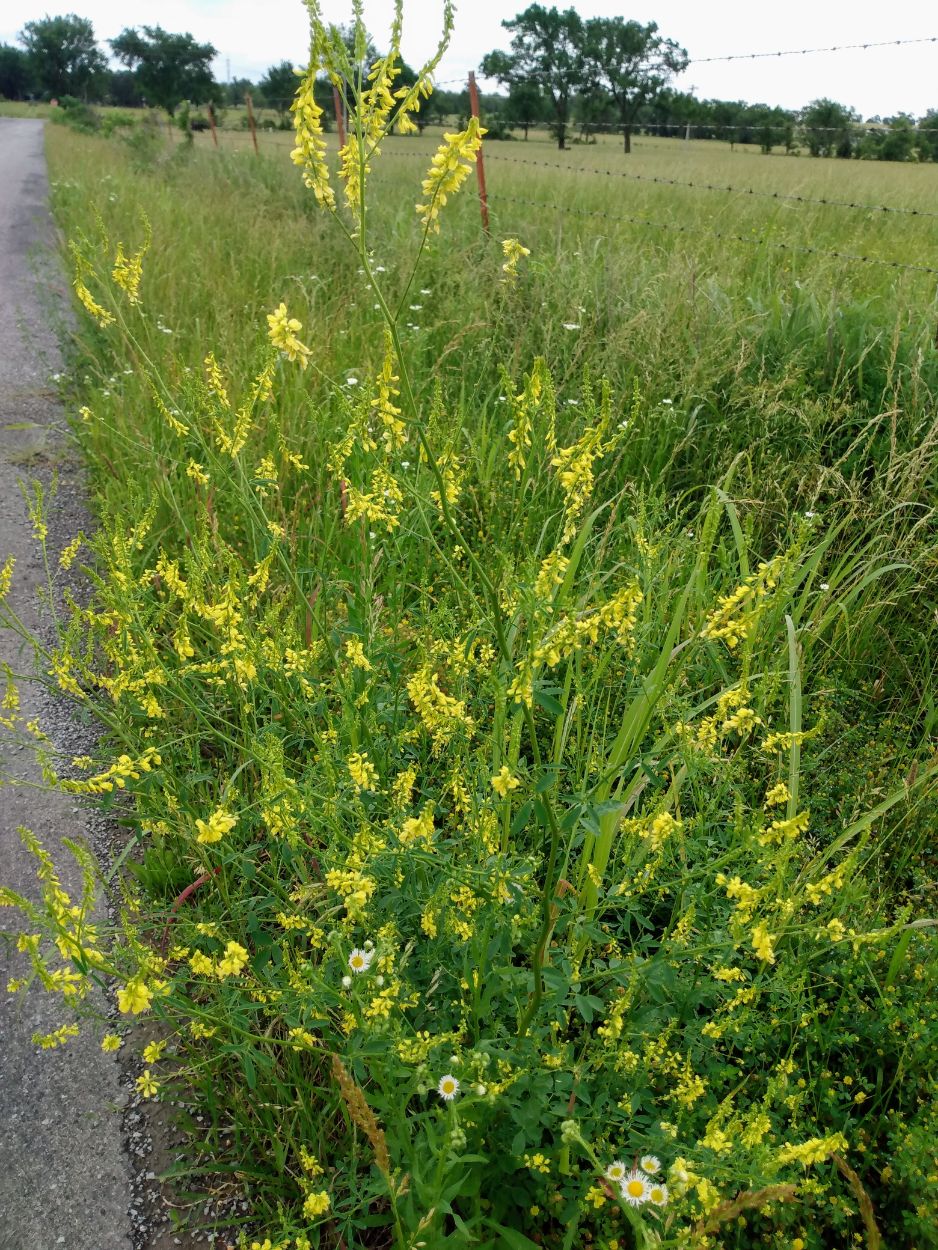What if there is no Vanilla in the Zombie Apocalypse?!? Then (and admittedly maybe only then) having Sweet Clover Extract will make you the envy of every post-apocalypse baker around!
Both yellow and white sweet clover have a lovely earthy vanilla scent that can best be preserved in an extract form - much like vanilla extract!
Pure vanilla extract is made by submerging a vanilla bean in rum, allowing the mixture to sit for a while for more flavor to be infused into the rum, and then removing the vanilla bean. Sweet clover extract is made the same way.
How to make sweet clover extract
The aromatic parts of sweet clover (yellow or white) include the flowers and leaves. I've read the seeds also smell strongly of vanilla, but I haven't tried using them. Strip the fresh (or dried, but fresh is stronger) leaves and flowers off of the stems and place in a blender. Add a strong (80-100 proof) rum (or vodka or other alcohol of your choice). Blend. You want enough alcohol so that when you pour the mixture into a jar, the plant matter is covered by roughly an inch or so of alcohol. It has to be submerged.
Blending simply breaks up the plant matter and increases the surface area, maximizing the amount of volatile oils exposed to the alcohol. The alcohol serves as both a substrate and a preservative in one.
Allow the mixture to soak and mature for anywhere from a week to two months, preferably in the dark (in a paper lunch sack). When you pass by your jar, give it a swirl every day or so. Give it a sniff test now and then.
Strain and bottle when you are satisfied with the strength of the scent. It will last on your shelf for years - probably even your lifetime!

How to identify sweet clover
Unlike the more familiar white or red clovers found in our yards, Sweet clover (Melilotus officinalis) grows 2-7 feet tall. Leaves are alternate, with 3 finely-toothed leaflets, which are clover-like but longer and thinner. The middle leaflet grows on a short but distinct stalk. Larger plants branch frequently and are somewhat bushy in appearance, while shorter plants are less branched and rather lanky. The stems are usually more or less erect, although sometimes they sprawl across the ground.
Flowers: Five-parted, small, yellow, fragrant, pea-like flowers, clustered in dense racemes (flower cluster with separate flowers attached by short equal stalks at equal distances along a central stem. The flowers at the base of the central stem develop first). Each raceme is up to 6" long and has dozens of flowers. Second-year plants bloom late spring through summer.
The flowers and leaves can also be dried and used like a seasoning in baked goods or as a tea with the vanilla flavor.

Using home-brew
If you prefer to go even further with the home-grown ingredients, you can make sweet clover extract using your own home-brew. If you don't have a distiller, you can "crack" a (bad) batch of wine or hard cider using freeze distillation to make a crude brandy or apple-jack, which is fun to do!
Simply pour your alcohol of choice in a freeze-proof container. The water component will freeze, while the alcohol won't as it freezes as a much colder temperature than your home freezer (-173 F). Pour off the pure alcohol for a more highly concentrated alcoholic beverage.
There is a great explanation of the process here.
Happy harvesting! Or, if you can't find any sweet clover (which is found in much of North America), you can buy a bottle online for $26!! Methinks you're better off looking for a source on the roadsides or prairies!
